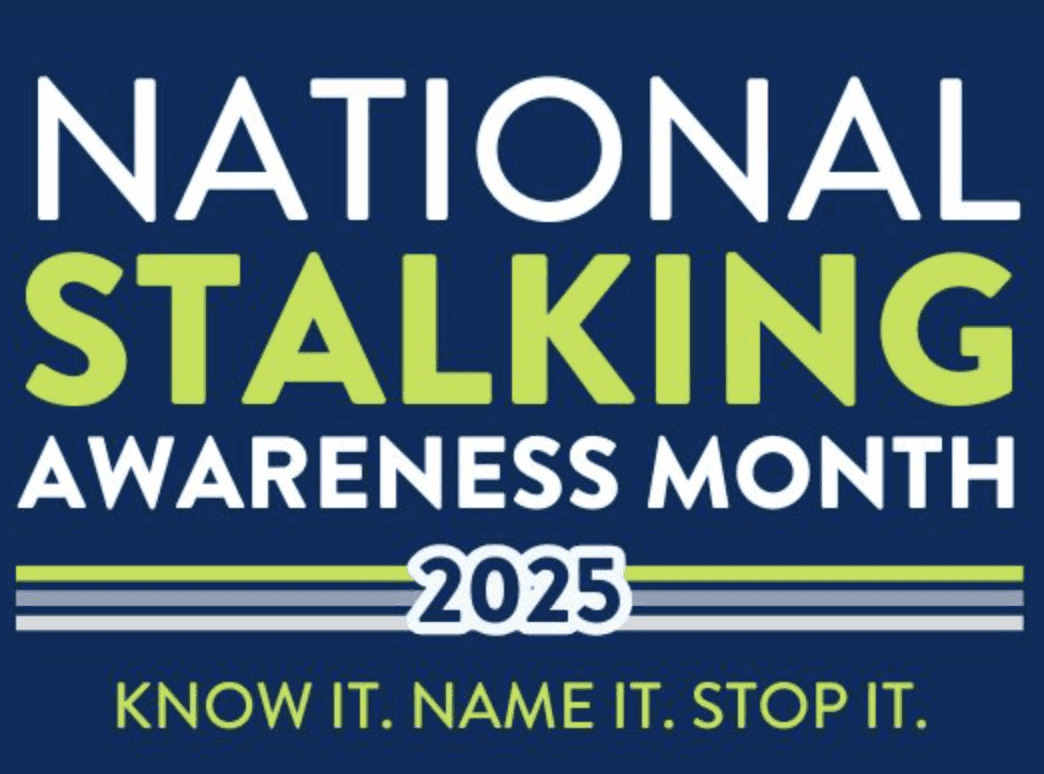By Deana M. Newman, M.A., C.C.P.
You’ve heard and perhaps experienced the story…boy meets girl, they fall in love and live happily ever after. Unfortunately, life is not beautifully orchestrated as the above statement. Today, young or seasoned, heterosexuals and homosexuals are faced with the alternative scenario – two people meet, possibly fall in love or lust, yet an important ingredient must be added to the script, a question which could save millions of lives – “Do you have a sexually transmitted disease (STD) or ever tested positive for one?” The unfortunate reality, in fact, is this question is not asked enough nor taken seriously within the United States.
The facts below, provided by the American Social Health Association (ASHA), demonstrates the urgency of STD awareness and education for all age groups. Though everyone who is sexually active is at risk of acquiring an STD, minorities, women and young people between the ages of 15 – 24 years are more likely to become infected. By age 25, one-half of all sexually active young people get an STD.
Important Facts-to-Know
1) Approximately 18.9 million new cases of STDs (excluding HIV) occur each year in the U.S. More than half of all people will be infected with an STD at somepoint in their lifetime.
2) The U.S. has the highest STD rates of any country in the industrialized world.
Despite this, there is no national campaignto promote the prevention, treatment and cure of these infections.
3) Common STDs include: chlamydia, gonorrhea, hepatitis B, herpes, HIV, HPV (human papillomarvirus), syphilis and trichomoniasis.
4) The health consequences of STDs include: chronic pain, infertility, cervical cancer and increased vulnerability to HIV, the virus that causes AIDS.
5) STDs are more easily passed from men to women than vice versa, which results in higher female rates of infection.
6) Many STDs affecting women show no early signs or symptoms. As a result, they go undetected and untreated until complications arise.
7) The direct medical costs of treating STDs are over $8.4 billion a year. The
indirect costs are much higher, including lost wages and productivity, as well as human costs such as anxiety, shame, anger, depression and physical pain.
Overall, many STDs may present itself asymptomatically, or without noticeable symptoms. While abstinence is the best method of preventing STDs, having annual check-ups, getting tested for STDs prior to intercourse with a new partner, mutual monogamy, and using latex condoms correctly for all types of sexual relations (oral, anal, and/or vaginal) are important and effective ways to protect your health.
For more information on prevention, diagnosis and treatment of sexually transmitted disease, contact your primary medical provider, local county health department or visit the American Social Health Association website at www.ashastd.org. The National STD Hotline is also available for confidential discussions and additional resources via 800-227-8922.
Remember, the life choices made today, determines the life you live tomorrow.



